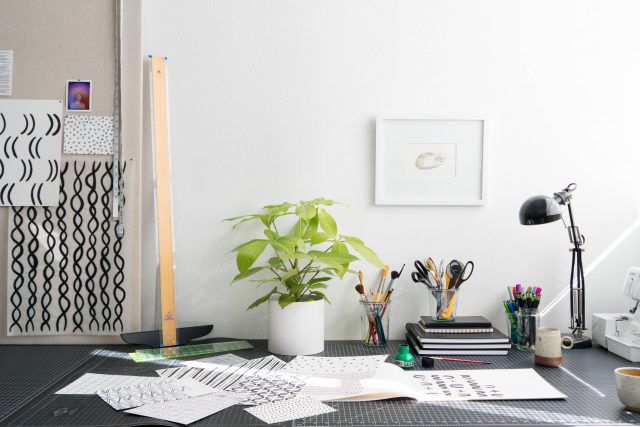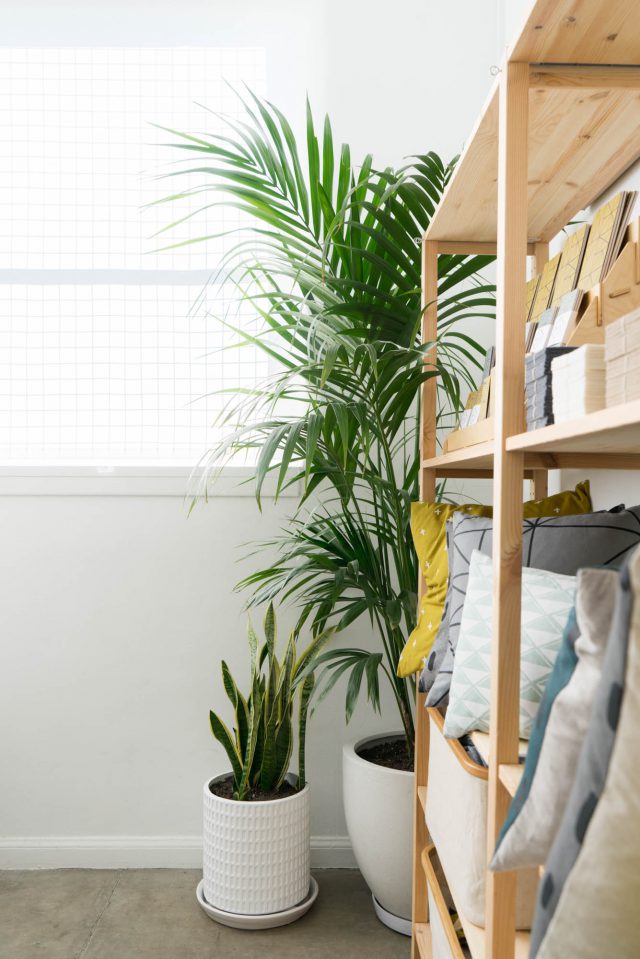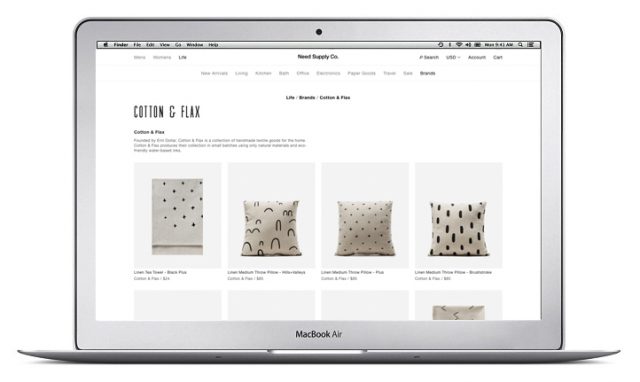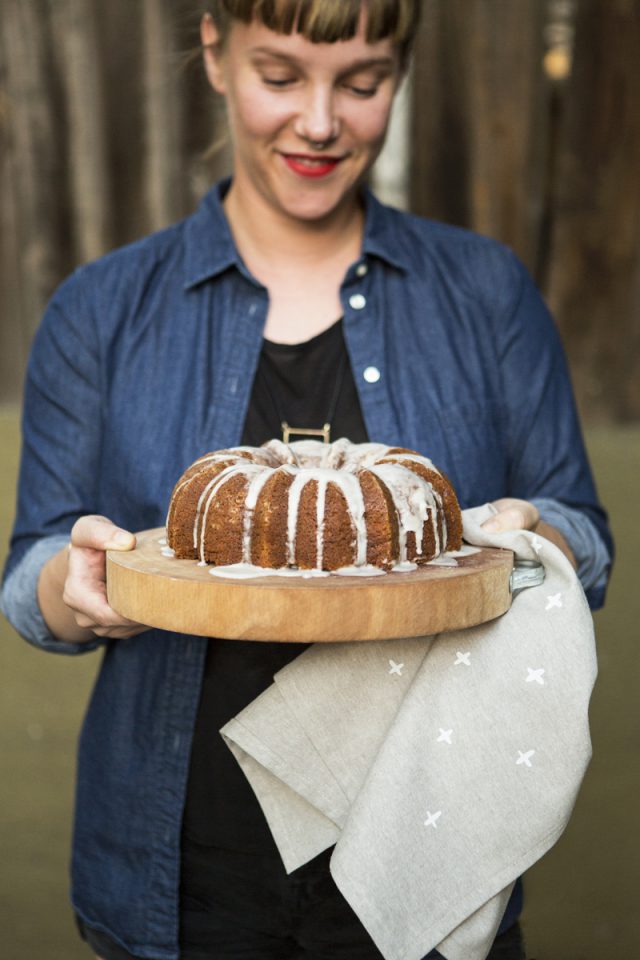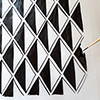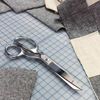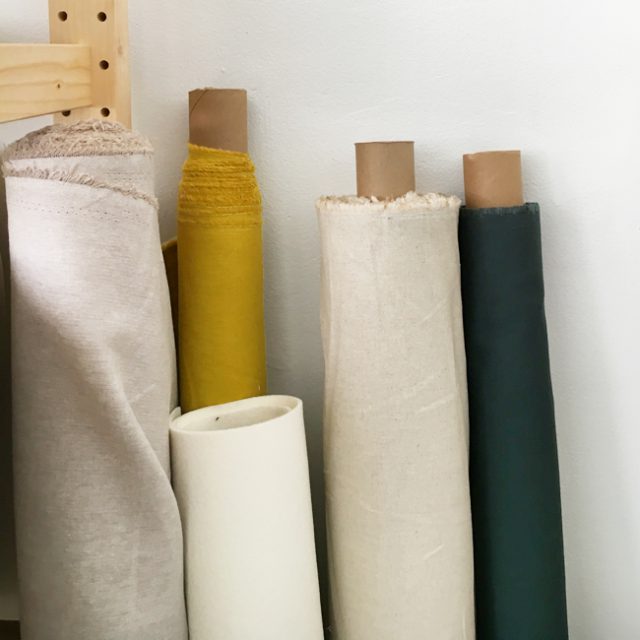 I often mention how Cotton & Flax textiles are made with linen/cotton blend fabrics, but you may be wondering, “What’s so great about natural fabrics?”
I often mention how Cotton & Flax textiles are made with linen/cotton blend fabrics, but you may be wondering, “What’s so great about natural fabrics?”
There is a long, rich tradition of using natural fibers in fabrics, and I find that connection to our roots meaningful. Linen in particular has been used since ancient times, often for clothing, and was even used as a currency. In Ancient Egypt, linen was seen as a symbol of purity, and was worn as a display of wealth. I love creating linen throw pillows with that rich history in mind.
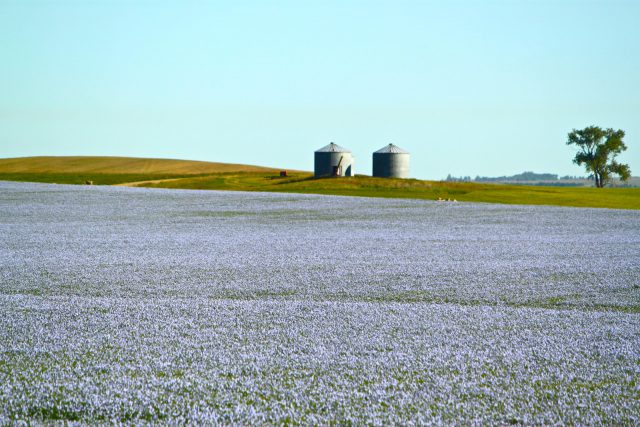 Natural fibers have the potential to be grown in a sustainable way, which contributes positively towards my goals of running a green studio. I’ve read studies that show that flax (the plant used to make linen fabric) requires much less water, and considerably fewer pesticides and fertilizers than other crops, which means less environmental impact overall. Only the best flax fibers are used for making linen textiles, but no part of the plant is wasted in the production process, and the leftover seeds, oil, straw and fiber are used to make many secondary products, like soap or paper. Few products are so efficiently used as Flax.
Natural fibers have the potential to be grown in a sustainable way, which contributes positively towards my goals of running a green studio. I’ve read studies that show that flax (the plant used to make linen fabric) requires much less water, and considerably fewer pesticides and fertilizers than other crops, which means less environmental impact overall. Only the best flax fibers are used for making linen textiles, but no part of the plant is wasted in the production process, and the leftover seeds, oil, straw and fiber are used to make many secondary products, like soap or paper. Few products are so efficiently used as Flax.
Natural fabrics, and linen in particular, have all sorts of great properties. Linen doesn’t pill or produce lint, which means your textiles will look newer, longer. Linen tea towels are easy to launder, and become softer and more absorbent with each use. Since linen is made from plant fibers, it is recyclable and biodegradable, but since linen textiles look and feel timeless, they won’t be hitting the recycling or compost bin anytime soon. Plus, linen has a uniquely luxurious look, which is why I love using it in so many of my designs!

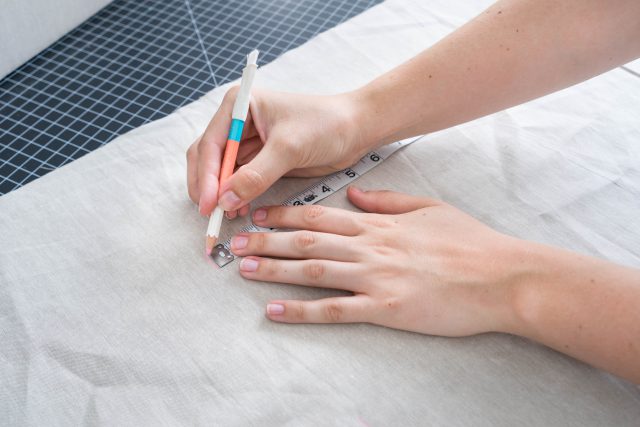
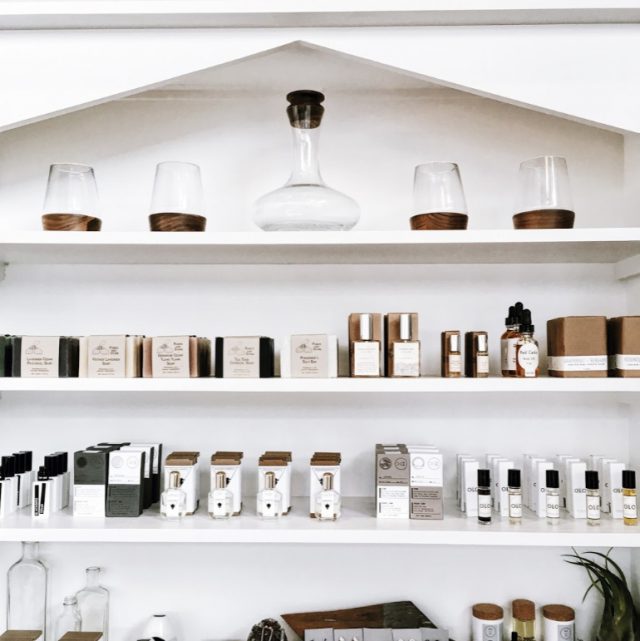 I’m happy to announce a new retail stockist in my hometown of Portland, Oregon:
I’m happy to announce a new retail stockist in my hometown of Portland, Oregon: 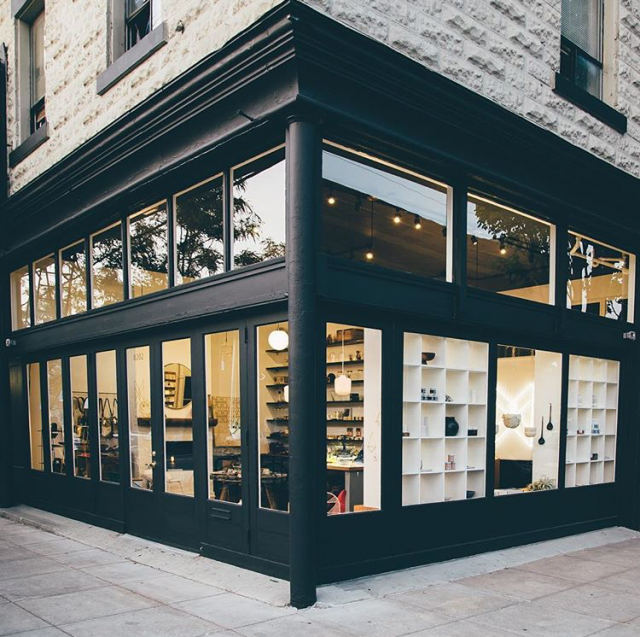
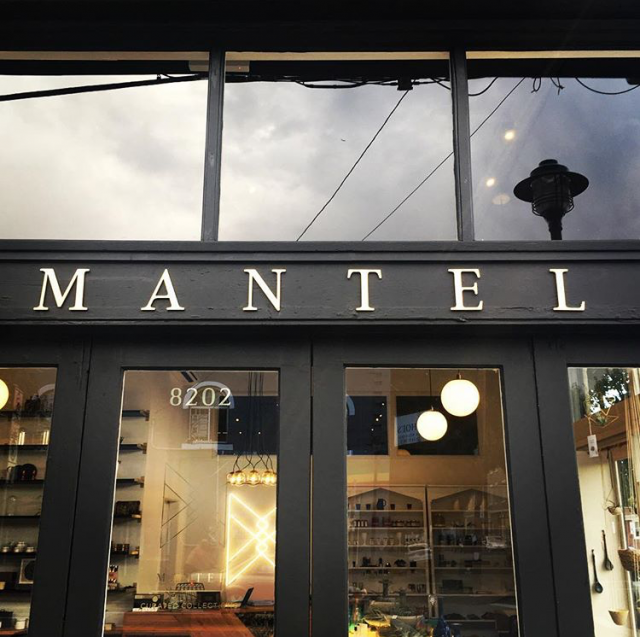 Karen McClelland founded MANTEL in 2016, and she brings an eye for design and craftsmanship to curating a collection of homewares and lifestyle products. Located in a refurbished historical building, MANTEL offers an eclectic mix of products ranging from modern ceramics and jewelry to rebuilt mid-century radios. You’ll find a selection of Cotton & Flax tea towels and coasters tucked alongside other handmade work from west coast makers like Melanie Abrantes, Betsy + Iya, and The Granite.
Karen McClelland founded MANTEL in 2016, and she brings an eye for design and craftsmanship to curating a collection of homewares and lifestyle products. Located in a refurbished historical building, MANTEL offers an eclectic mix of products ranging from modern ceramics and jewelry to rebuilt mid-century radios. You’ll find a selection of Cotton & Flax tea towels and coasters tucked alongside other handmade work from west coast makers like Melanie Abrantes, Betsy + Iya, and The Granite.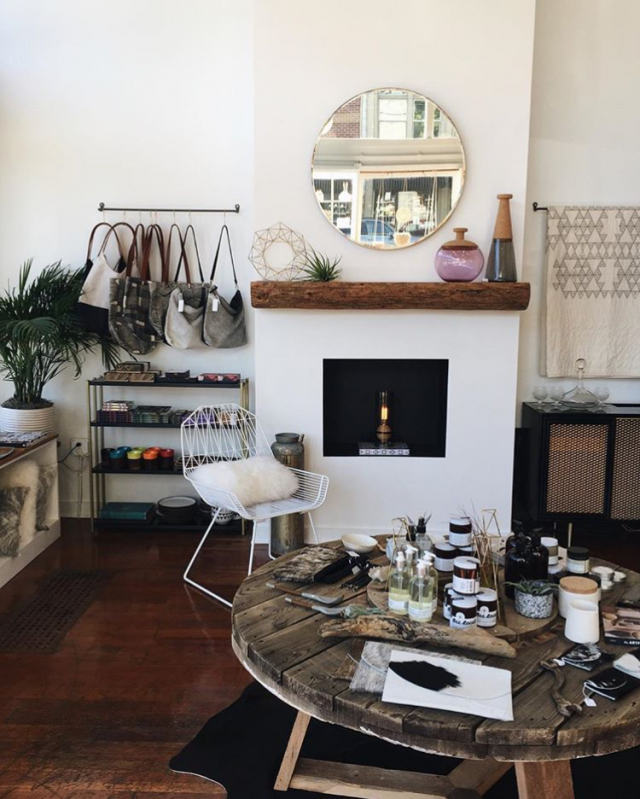
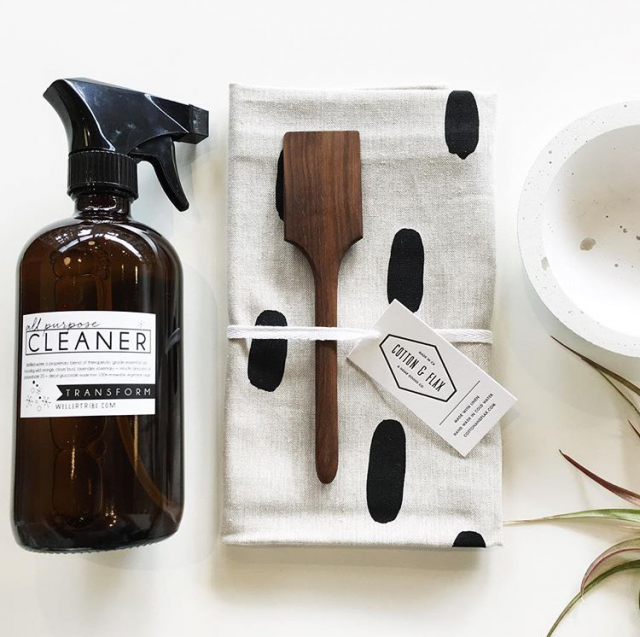
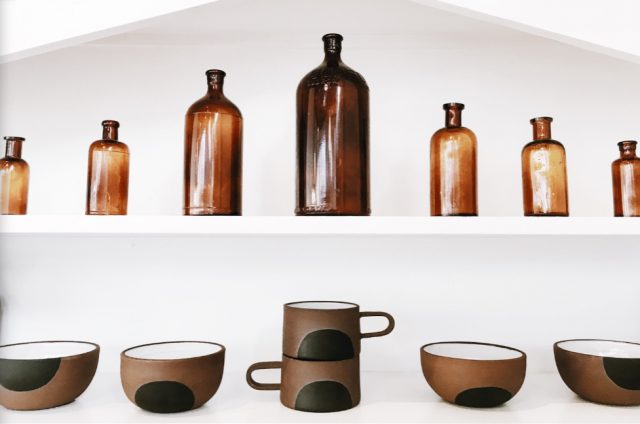
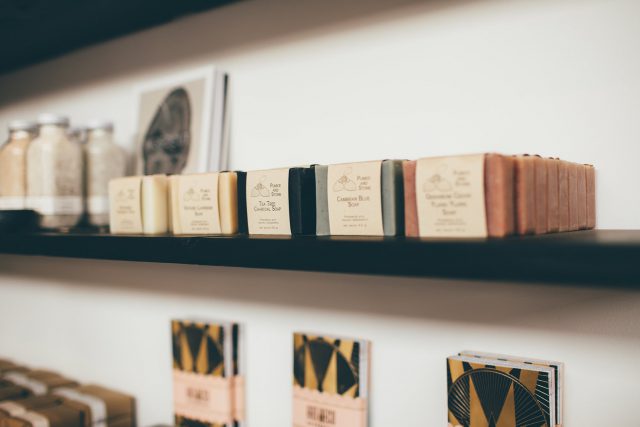 The owner of the shop has roots in Portland — she was a ceramics teacher in the Portland Public Schools system for several years. Her dedication to Portland’s young artists continues in her new shop: Karen plans to dedicate a portion of her store to artwork (she’s hoping for ceramics) made by students of nearby Jefferson High School. The student artists will get 100 percent of the proceeds from the sale of their items. What a lovely opportunity for young makers!
The owner of the shop has roots in Portland — she was a ceramics teacher in the Portland Public Schools system for several years. Her dedication to Portland’s young artists continues in her new shop: Karen plans to dedicate a portion of her store to artwork (she’s hoping for ceramics) made by students of nearby Jefferson High School. The student artists will get 100 percent of the proceeds from the sale of their items. What a lovely opportunity for young makers!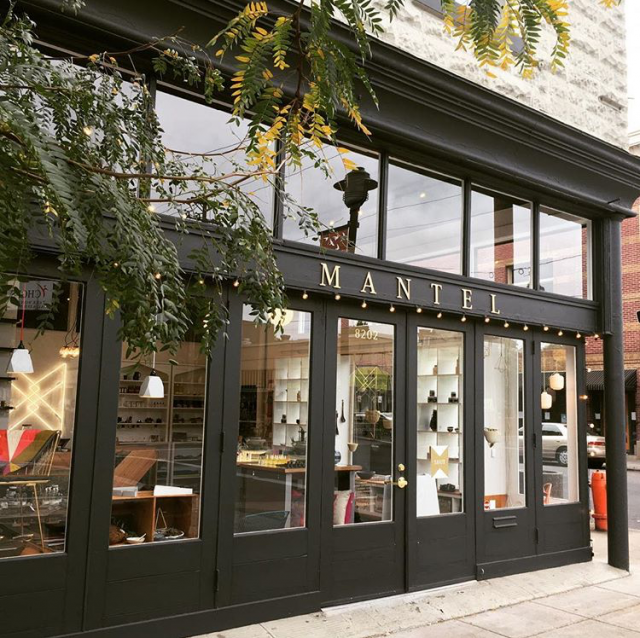 If you live near the Kenton neighborhood in Portland, stop by
If you live near the Kenton neighborhood in Portland, stop by 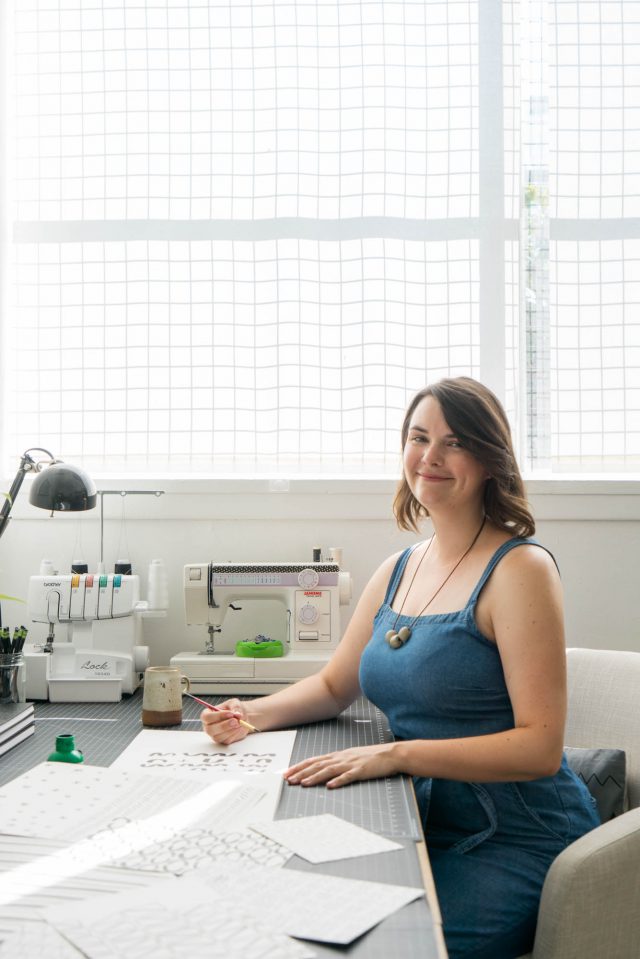
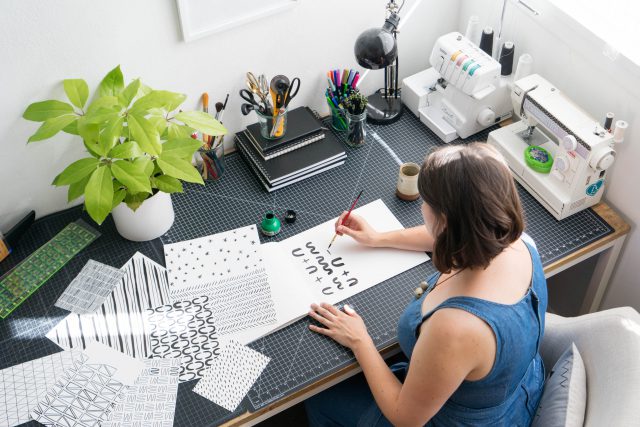 I persuaded my friend Jessica Comingore to hop up on a ladder to photograph me at work over the summer — she was a great sport while shooting this studio series for West Elm’s blog.
I persuaded my friend Jessica Comingore to hop up on a ladder to photograph me at work over the summer — she was a great sport while shooting this studio series for West Elm’s blog.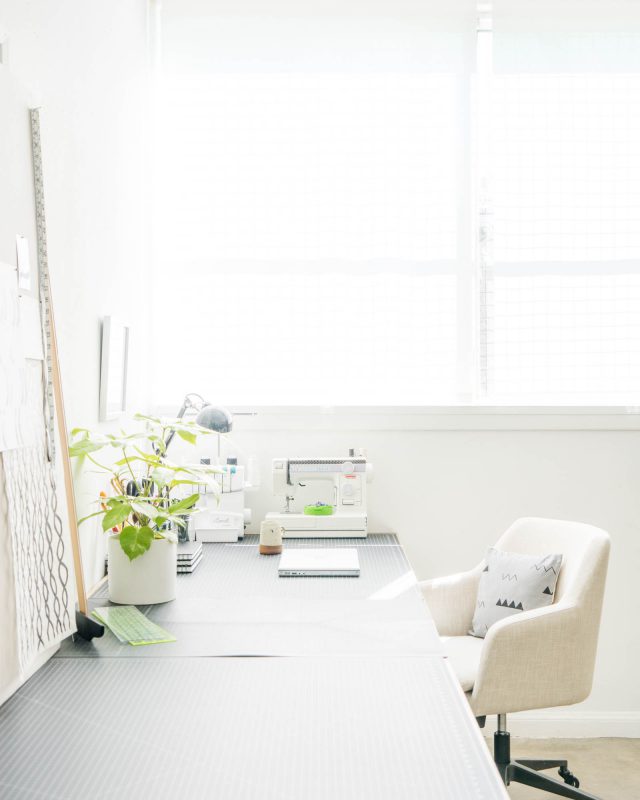 One of the things I loved most about this studio was the light! The huge windows kept things bright and sunny all day long. A great environment for happy plants and a happy artist. This long table is where I cut down fabric and sew printed fabrics into finished products.
One of the things I loved most about this studio was the light! The huge windows kept things bright and sunny all day long. A great environment for happy plants and a happy artist. This long table is where I cut down fabric and sew printed fabrics into finished products.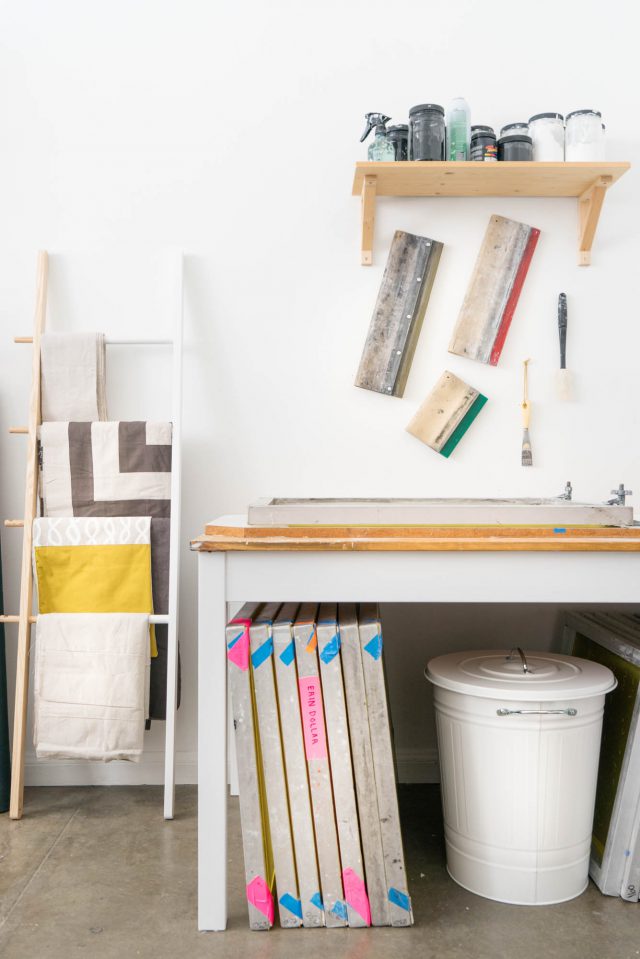 I did tons of printing in this studio, and my printing table is was the perfect place to print each panel of fabric that was made into a Cotton & Flax product.
I did tons of printing in this studio, and my printing table is was the perfect place to print each panel of fabric that was made into a Cotton & Flax product.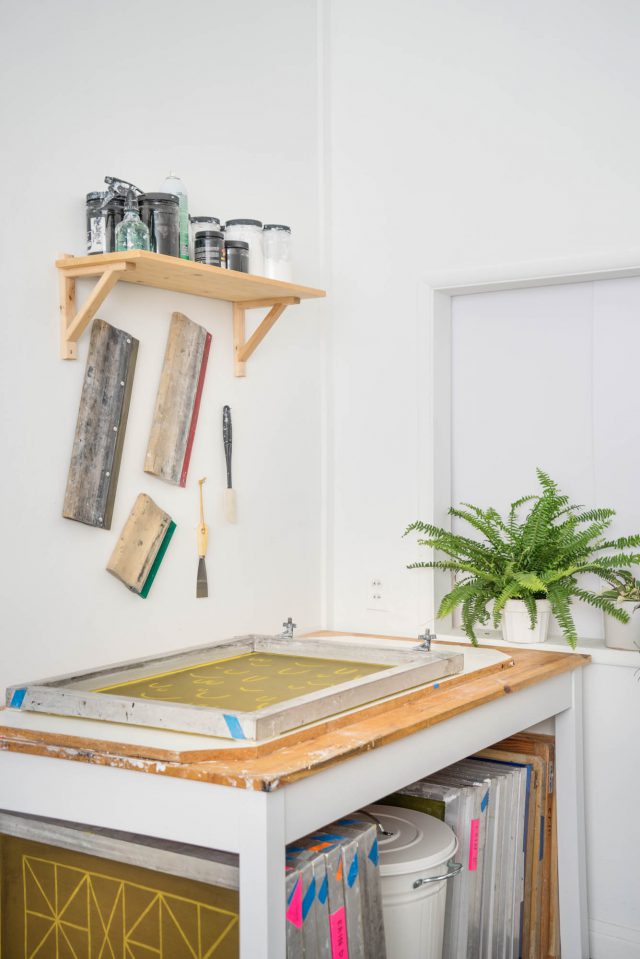 You might be surprised that my studio was only 220 sq. ft! I was able to do tons of printing projects here, and while this screenprinting area isn’t spacious, it was a great exercise in making the most of a small space. You can see my screen storage area under the printing table, where I stored all the screens that featured Cotton & Flax designs.
You might be surprised that my studio was only 220 sq. ft! I was able to do tons of printing projects here, and while this screenprinting area isn’t spacious, it was a great exercise in making the most of a small space. You can see my screen storage area under the printing table, where I stored all the screens that featured Cotton & Flax designs.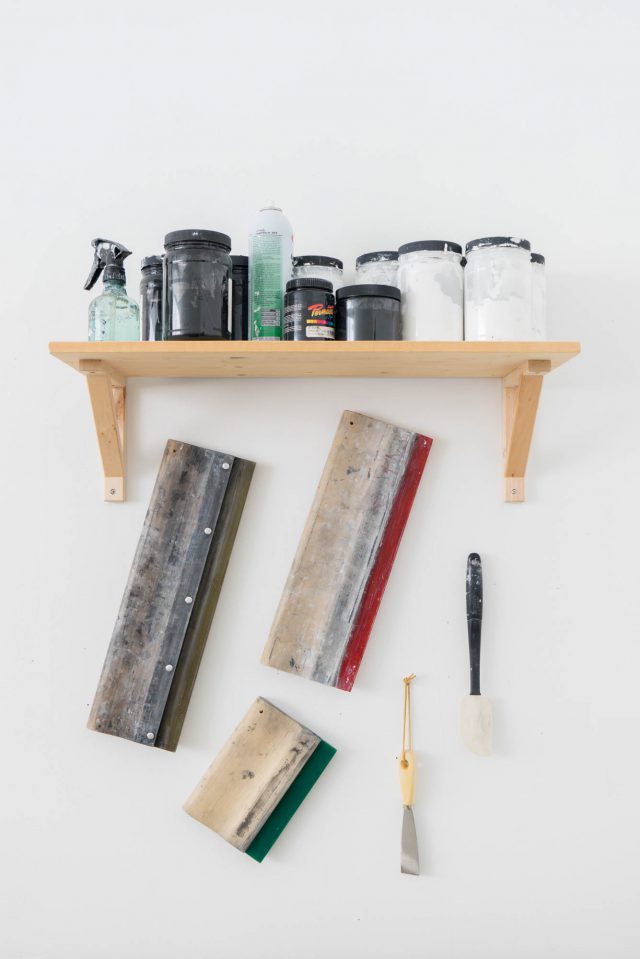
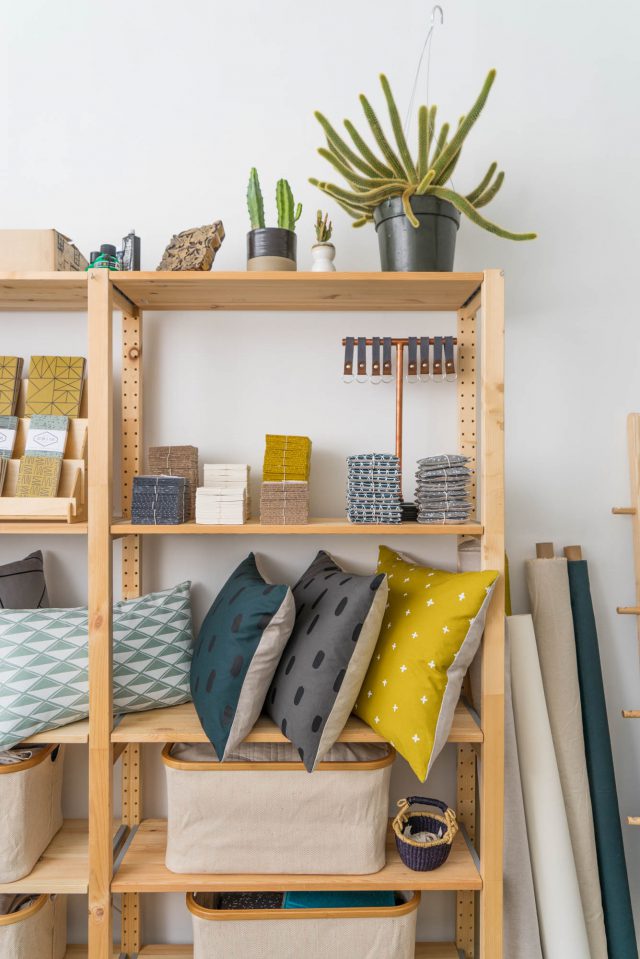 I stored products and fabric on shelves along one of the long walls, and it was nice to see my work on display on a regular basis.
I stored products and fabric on shelves along one of the long walls, and it was nice to see my work on display on a regular basis.